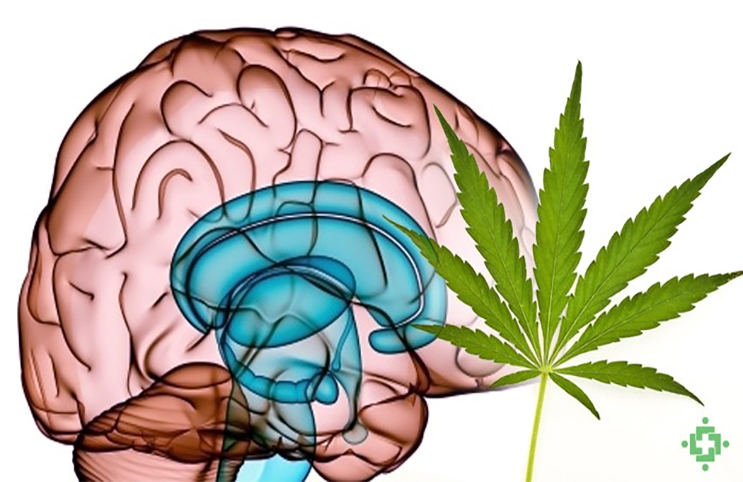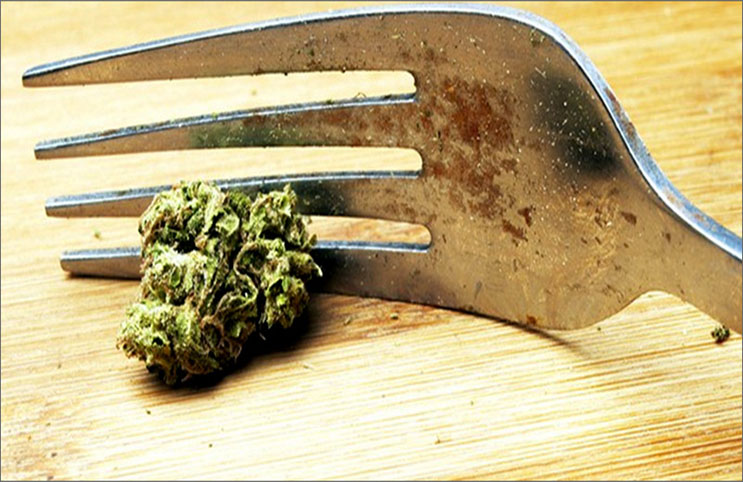The Society for Neuroscience Annual Meeting was held last month in San Diego. More than 30,000 neuroscientists were in attendance. They featured talks and presentations from scientists across the research spectrum. This is the largest source of contemporary brain research in the world today.
I previously mentioned the obstacles scientist encounter in researching marijuana legally. Among these obstacles is the need to justify the reason for possessing the DEA Schedule I license to research marijuana and its derivatives. Despite the fact their is greater acceptance of medicinal marijuana; its Schedule I classification (by definition), pretty much eliminates its therapeutic potential according to the funding agencies that determine the direction of research (most funding for research of medicinal benefits of marijuana comes from private foundations).
Because of this, most of the researchers focused their THC presentations on public health-related questions such as: how perinatal or adolescent exposure compromised brain development and behavior. I am not surprised when studies discover that manipulating a developing brain with drugs, stress or trauma has negative consequences. It is good if kids do not drink Red Bull, live in abusive homes or play contact sports. Although the negative effects of THC on the developing brain are currently better understood than ever, it is still not clear if strains high in CBD protect against THC’s effects.
Increasing evidence which reveal the benefits of medical marijuana cannot be ignored.
Researchers (with and without Schedule I licenses) are looking to gain a better understanding of the brain’s endogenous cannabinoid system to figure out how marijuana or other drugs work to provide therapeutic benefits. It has been accepted that the CB1 receptor is the main receptor on brain neurons that facilitate the effect of endogenous cannabinoids and exogenous cannabinoids.
Recent evidence reveals a significant contribution of the CB2 receptor; even though it makes up less than 1 percent of the brain’s cannabinoid receptors. A group of scientist from the Barrow Neurological Institute in Phoenix researched the role of CB2 receptors in hippocampus (brain area involved with learning and memory). They discovered that activating CB2 strengthened the signaling rhythms within the hippocampus while rats completed a maze. This finding has important implications for CB2’s role in spatial learning and for disease states because signaling deficits in the hippocampus are associated with depression and anxiety. The hypothesis regarding whether CB2 activation in the hippocampus could act as an antidepressant or anxiolytic remains to be tested.
The CB1 receptor has also become popular as a therapeutic target and it is becoming highly accepted that marijuana may be an effective medication for chronic pain. Many recent reports also suggest that marijuana can be a substitute for opioid-based medications such as OxyCotin and morphine.
THC enhances morphine’s pain-relieving effects, allowing lighter doses of opiates to reach the desired effect. Therefore there are fewer opioid overdoses in states with legal medical marijuana, but the neural mechanisms underlying these effects are not completely understood.
Research presented from the Levi Lab out of Mount Sinai in New York provided hints which revealed that blocking incoming pain signals at the level of the dorsal root ganglia is a common pain relieving strategy. Therefore; with chronic pain, cannabis may decrease the minimum amount of opioid medication needed for pain relief by synergistically acting to block incoming pain signals into the spinal cord. Further research is currently underway.
MAPH Enterprises, LLC | (305) 414-0128 | 1501 Venera Ave, Coral Gables, FL 33146 | new@marijuanastocks.com










